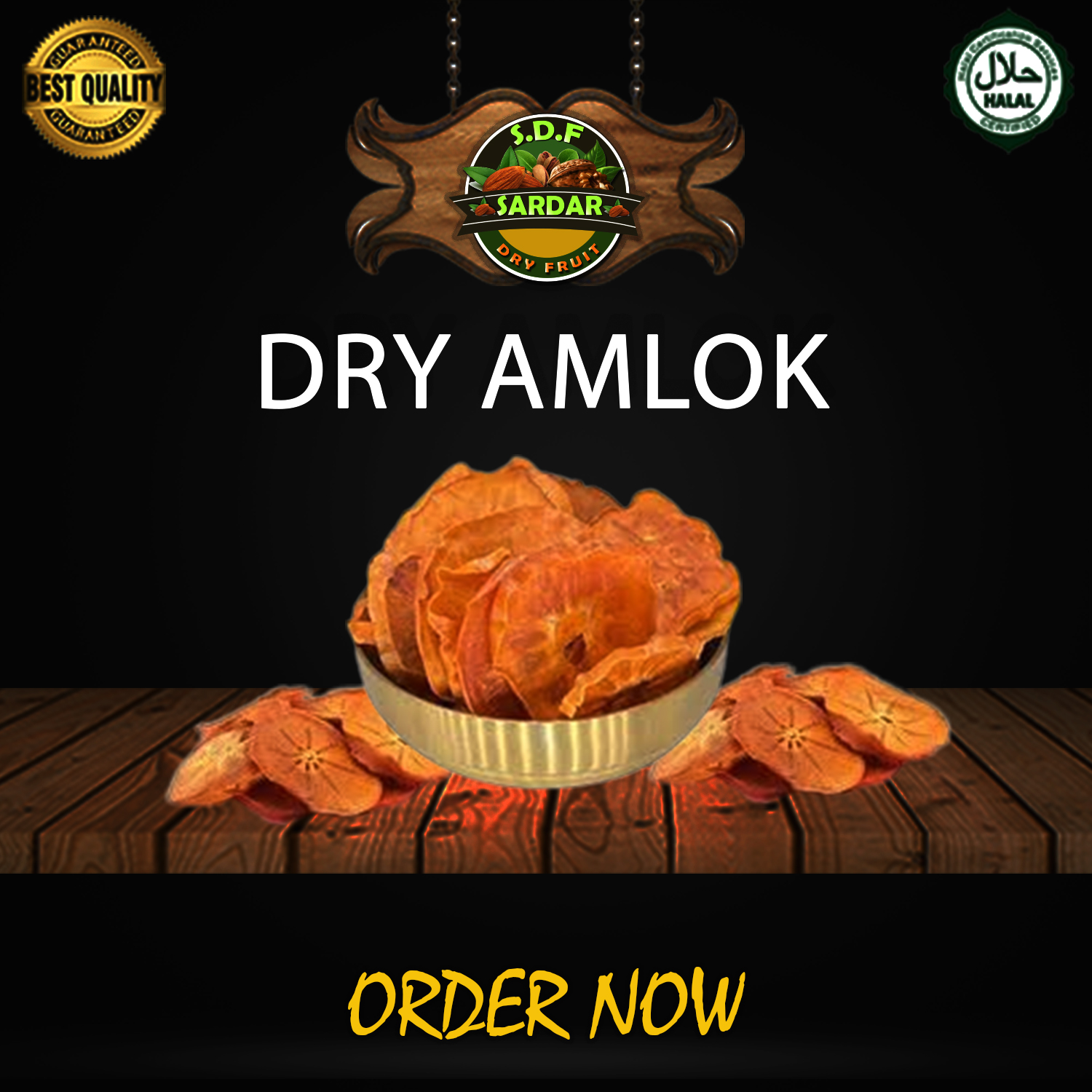
Persimmons are fruit-bearing trees that belong to the genus Diospyros. The fruit they produce is also known as persimmon, and it comes in various varieties. Here are some general characteristics and descriptions of persimmons:
Appearance: Persimmons are typically round or slightly oval in shape, resembling a large tomato. The size and color of the fruit depend on the variety. Common colors include orange, red, or yellow.
Texture: The texture of a persimmon can vary depending on its ripeness. When unripe, persimmons are firm and crisp, similar to an apple. As they ripen, they become softer, and the texture may become custard-like or jelly-like.
Flavor: Persimmons have a unique and sweet flavor. The taste can be described as a combination of honey, dates, and a hint of cinnamon. The level of sweetness may increase as the fruit ripens.
Varieties: There are two main types of persimmons: astringent and non-astringent. Astringent persimmons are usually bitter and astringent when unripe, requiring them to be fully ripened before consumption. Non-astringent persimmons, on the other hand, are sweet and palatable even when still firm.
Common Varieties:
Nutritional Value: Persimmons are a good source of vitamins A and C, as well as dietary fiber. They also contain various minerals such as potassium and manganese.
Uses: Persimmons can be enjoyed fresh, sliced, or added to salads and desserts. They are also used in baking, cooking, and dried for a more concentrated flavor.
It's worth noting that the flavor and characteristics of persimmons can vary among different varieties, and each type has its own distinct qualities.